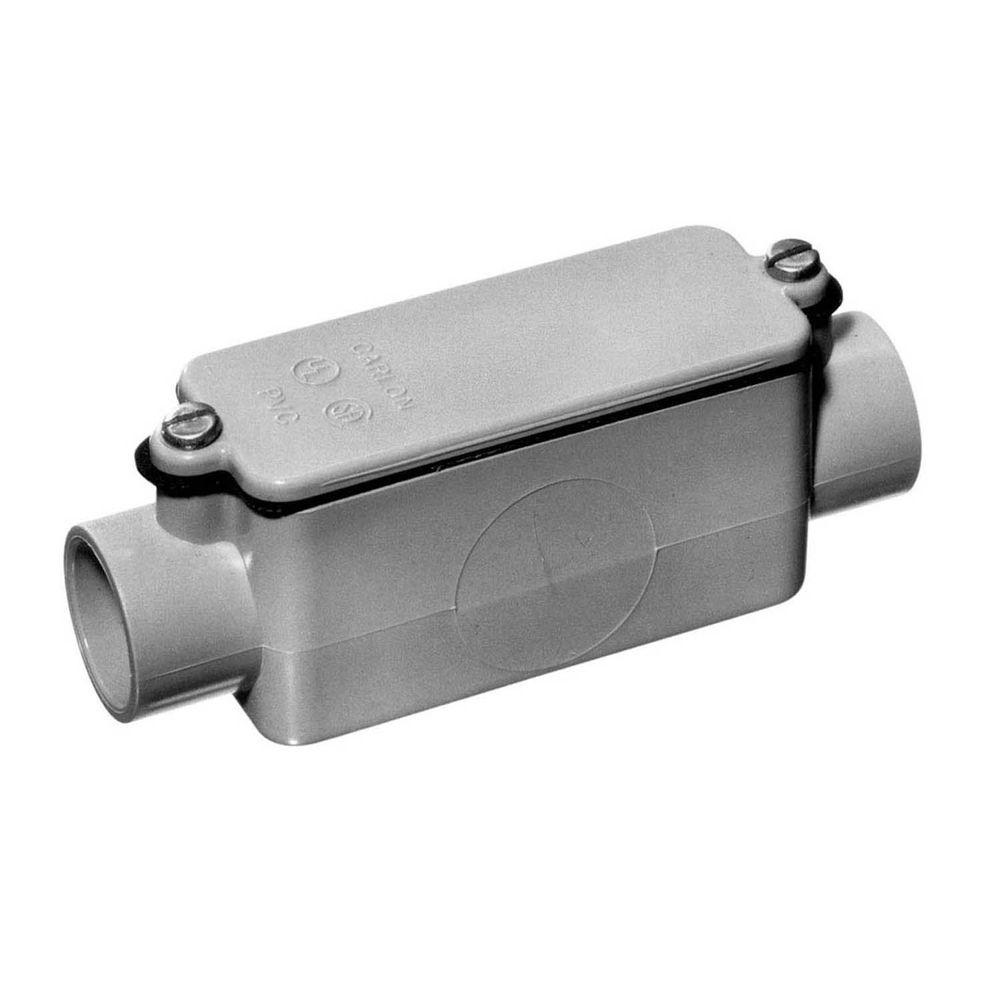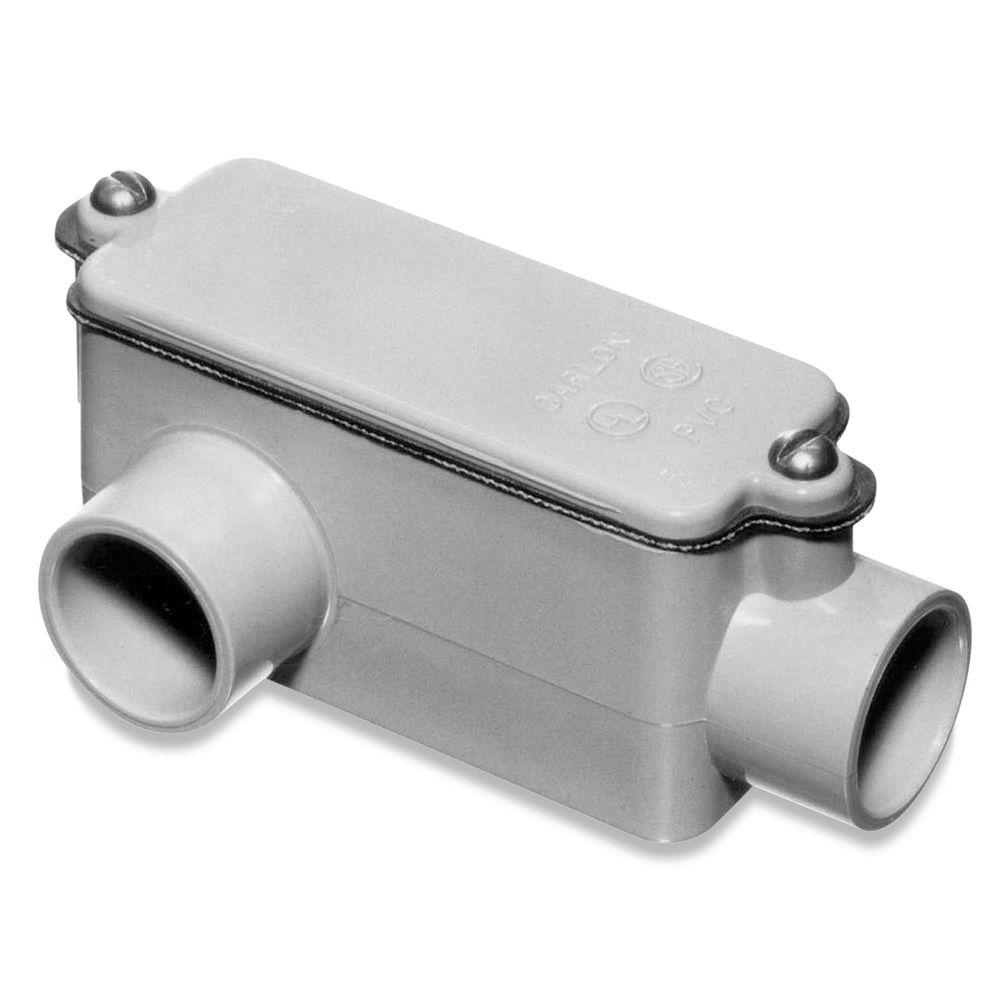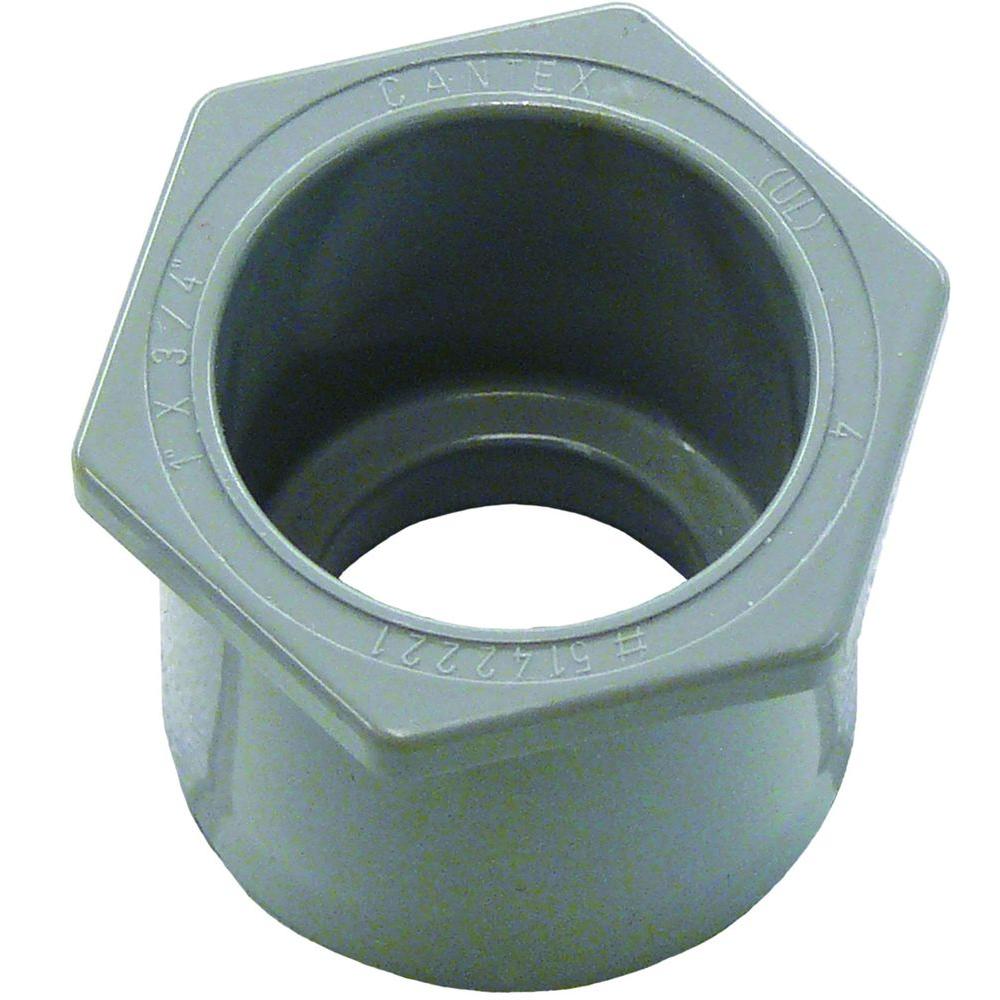Marcus Waddell
Member
Hey all. Need some advice. Running wire from basement panel about 45-ish feet inside and 65-ish feet underground (outside) to my shed. I measured using a string, so it should be no more than 114' in total (and that is allowing for about 10% overage -- and I draped the string to have at least 2 feet extra at each end). Need at least 40 AMP circuit, but 50 AMP might be nice too. For a 40AMP circuit, according to voltage calculations I need #8 copper wire, for the 50 AMP circuit, #6 copper wire.
Should I:
A) Just buy one 115' (really 125') length of UF-B wire
B) Buy a combo of 50' Romex (aka NM-B) and 75' of UF-B
C) Run 4 separate THWN-2 wires trough conduit
D) Something else
The A or B don't require conduit, but C would. In either case, I would need to rent a trencher, so that cost is not really an issue. Likely ,I'll just dig the whole thing to 24" deep since I'll have the trencher.
Thanks in advance for the help.
Should I:
A) Just buy one 115' (really 125') length of UF-B wire
B) Buy a combo of 50' Romex (aka NM-B) and 75' of UF-B
C) Run 4 separate THWN-2 wires trough conduit
D) Something else
The A or B don't require conduit, but C would. In either case, I would need to rent a trencher, so that cost is not really an issue. Likely ,I'll just dig the whole thing to 24" deep since I'll have the trencher.
Thanks in advance for the help.




